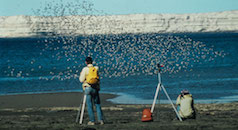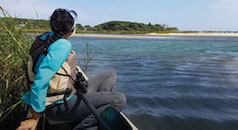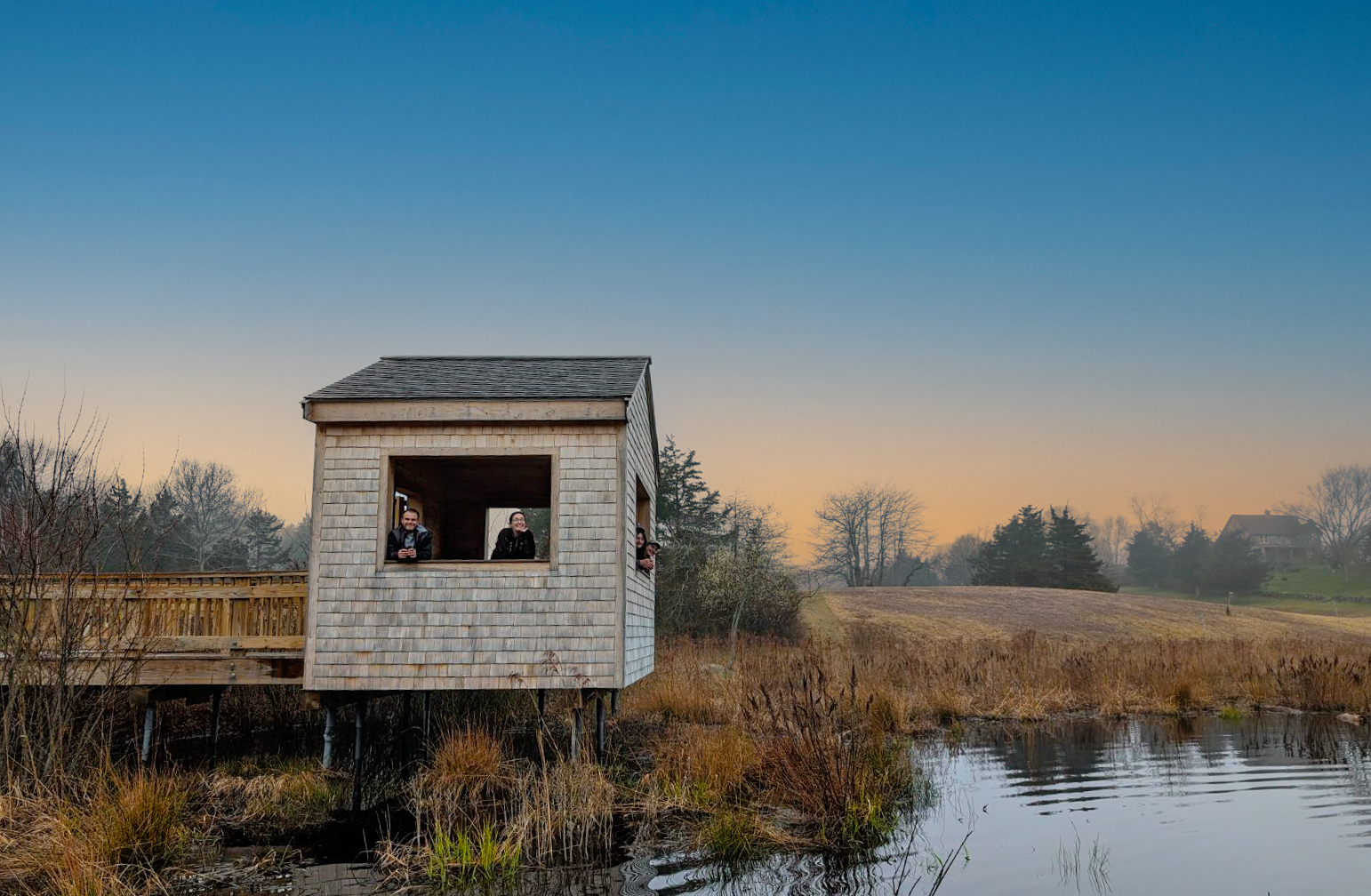Manomet scientists visited Texas last month to work with biologists from the Mexican state of Tamaulipas and establish International Shorebird Survey (ISS) monitoring sites in the Laguna Madre of Mexico, one of the most important wetland systems in the Western Hemisphere.
Shorebird Biologist Brad Winn and Senior Scientist Emeritus Brian Harrington led the monitoring section of the workshop with more than 20 participants from Mexico and the United States. The entire Laguna Madre complex, on both sides of the border, stretches for almost 400 miles. The area is ecologically rich, supporting millions of wintering waterbirds, including hundreds of thousands of shorebirds.
A contingent of scientists had traveled from Mexico and the workshop laid the groundwork for long-term shorebird monitoring in this remote section of the Gulf Coast. The workshop, which was held from October 21st to 23rd, covered shorebird identification, sampling frame design, data entry and flock size estimation.
“It was a success, we had an enthusiastic and dedicated group,” Winn said. “We were able to cover a lot of material and we also learned about the challenges and opportunities on the other side of the border.”
Winn said he was particularly surprised to learn that certain areas of prime Mexican shorebird habitat were off-limits to both scientists and hunters because of control by local drug gangs.
“We looked at some potential survey areas on the map, and the workshop participants just said no, it is too dangerous to go there. It might actually be one of the safer places in the world to be a shorebird,” Winn said.
The workshop was hosted by the Coastal Bend Bays and Estuaries Program and Pro Natura Noreste A.C. Financial support was provided by the Disney Worldwide Conservation Fund and the National Fish and Wildlife Foundation.
– Dave McGlinchey





 Back to all
Back to all